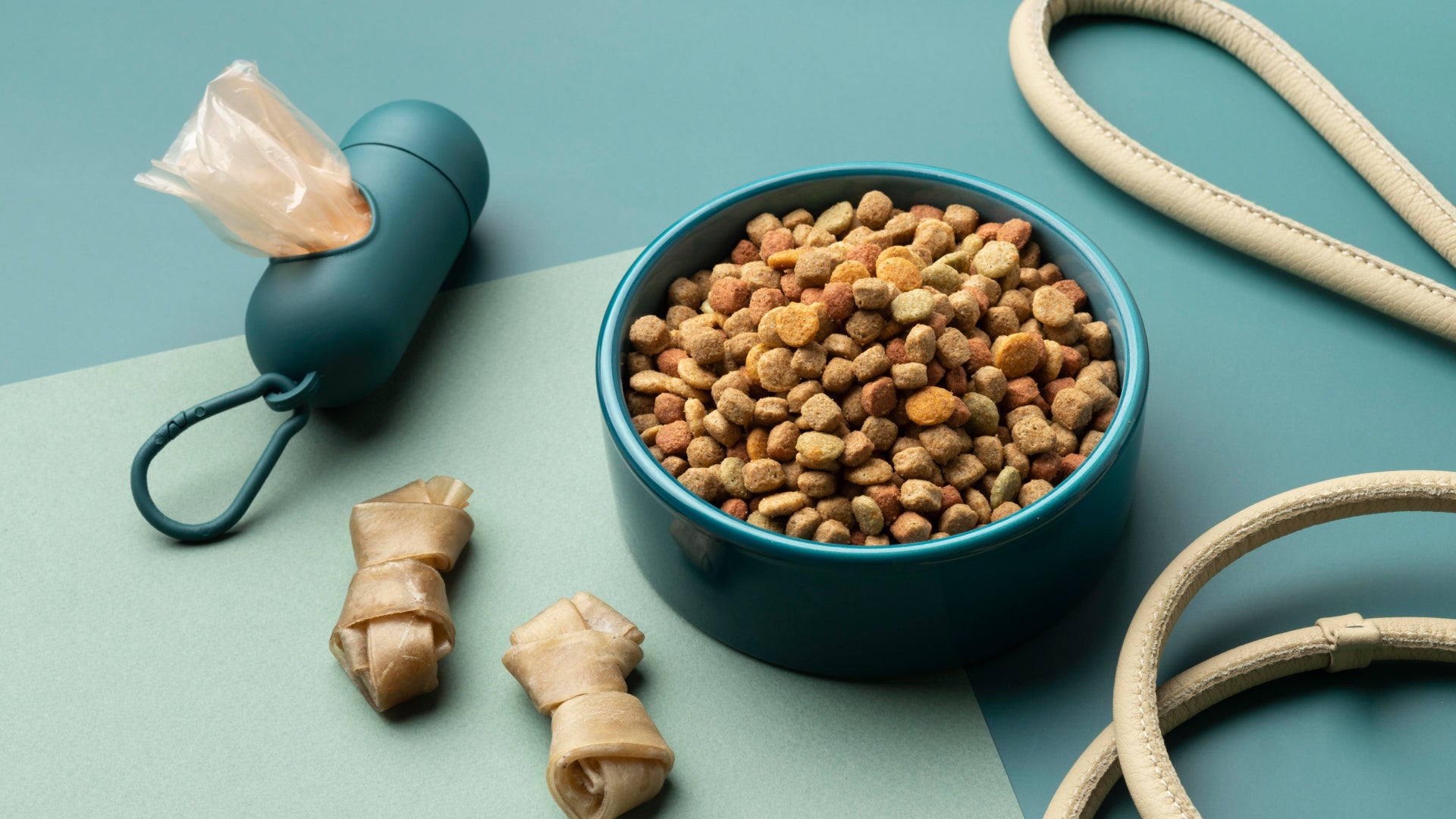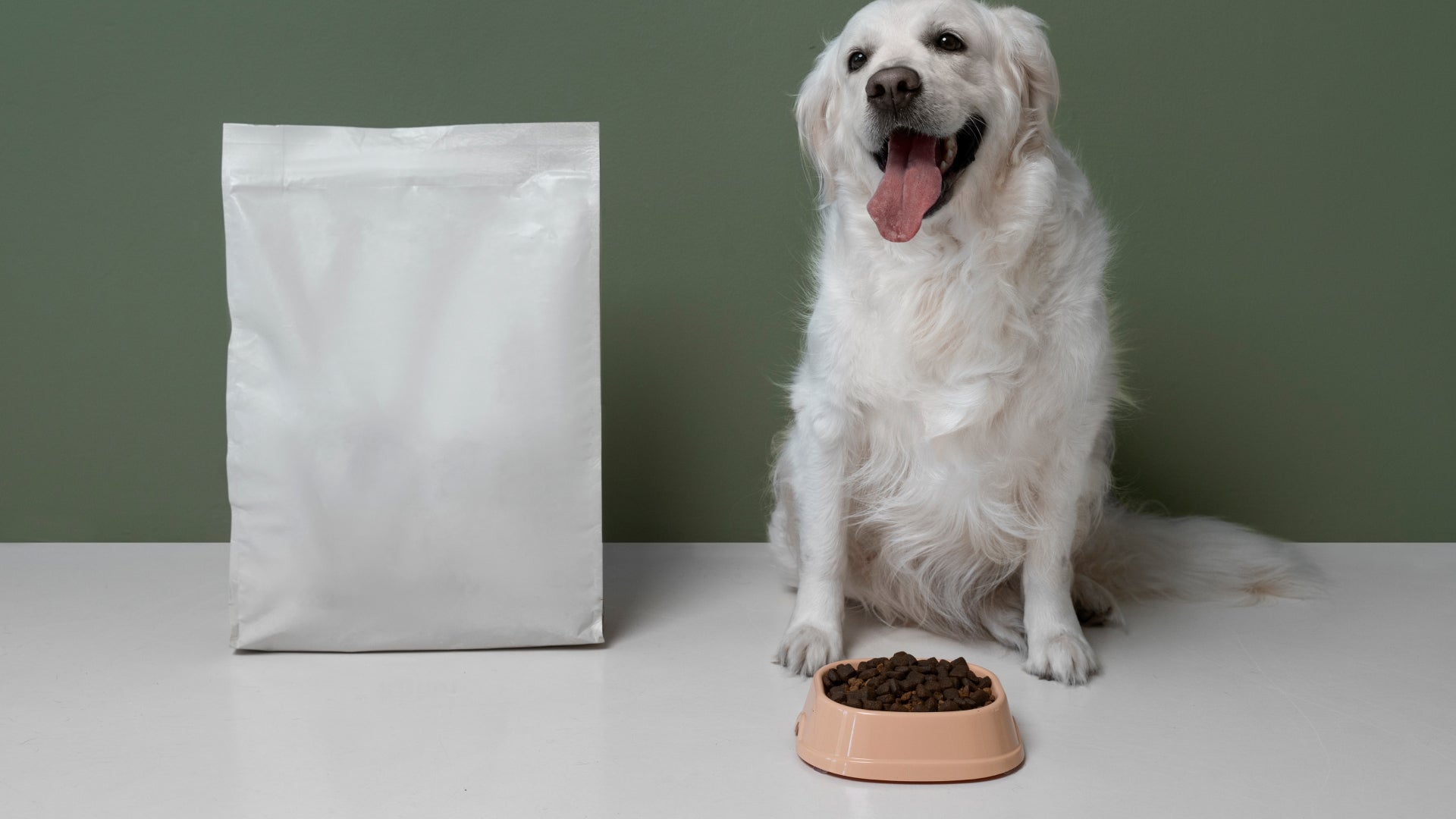Regular Brushing:
Brushing your pet's coat is not just about keeping them looking neat; it also serves as an excellent bonding experience. For dogs, brushing removes loose fur, prevents matting, and stimulates circulation. Cats benefit from brushing to reduce shedding and prevent hairballs. The frequency of brushing depends on your pet's coat type, so consult your vet or groomer for guidance.
Dental Care:
Dental hygiene is often overlooked but is crucial for your pet's health. Regular brushing of your pet's teeth helps prevent tartar buildup and gum disease. Use a pet-friendly toothbrush and toothpaste, and introduce this routine gradually to make it a positive experience for your pet.
Bathing:
While bathing your pet too often can strip their skin of natural oils, occasional baths are essential. Use a gentle, pet-specific shampoo and ensure thorough rinsing to avoid skin irritation. Bathing frequency varies depending on your pet's breed and activity level, so consult with your vet or groomer for recommendations.
Ear and Eye Care:
Inspect your pet's ears and eyes regularly. Check for any signs of redness, discharge, or unusual odors. Clean your pet's ears as needed with a veterinarian-recommended solution. Be gentle and avoid pushing debris further into the ear canal. If you notice any eye issues, consult your vet promptly.
Nail Trimming:
Regular nail trimming is essential to prevent overgrowth, which can lead to discomfort and mobility issues. If you're not confident in trimming your pet's nails, ask your vet or groomer for a demonstration. Nail grinders can also help keep nails in good shape.
Anal Gland Expression:
Some pets may require periodic anal gland expression, especially if they have trouble doing it naturally. If your pet scoots or licks excessively, consult your vet, who can either teach you how to do it at home or perform the procedure themselves.
Professional Grooming:
For some breeds, professional grooming is a must. Long-haired breeds may require regular grooming appointments to maintain their coat's health. Professional groomers have the expertise to ensure your pet looks and feels their best.
Patience and Positive Reinforcement:
Remember, grooming should be a positive experience for your pet. Use treats, praise, and patience to reward good behavior during grooming sessions. If your pet is nervous or anxious, consult with a professional trainer or behaviorist for guidance.
Grooming and hygiene are not just about aesthetics; they're essential for your pet's comfort and health. By incorporating these practices into your pet's routine and making grooming a positive experience, you'll contribute to their overall well-being, ensuring a happy and healthy life for your furry companion.




